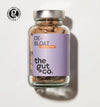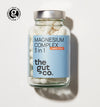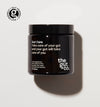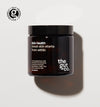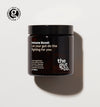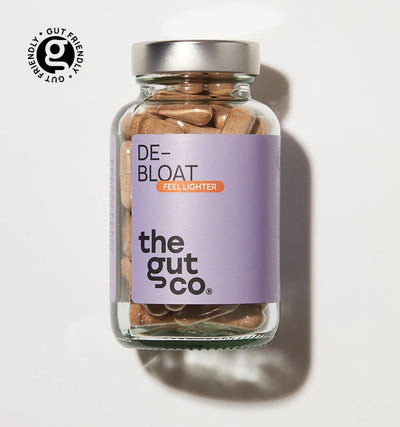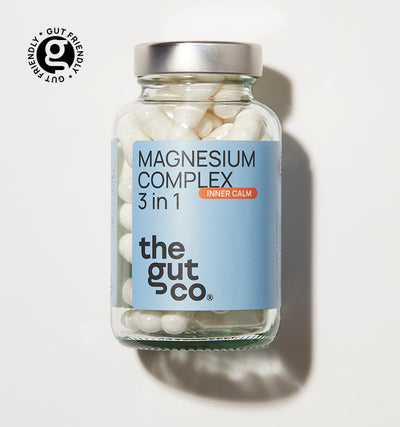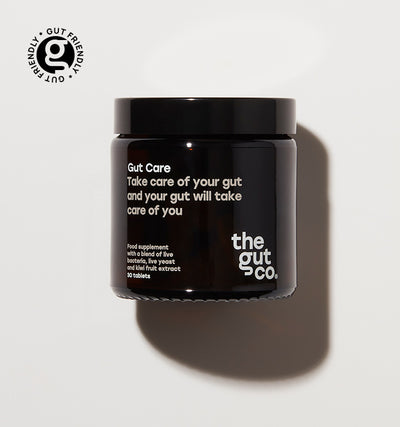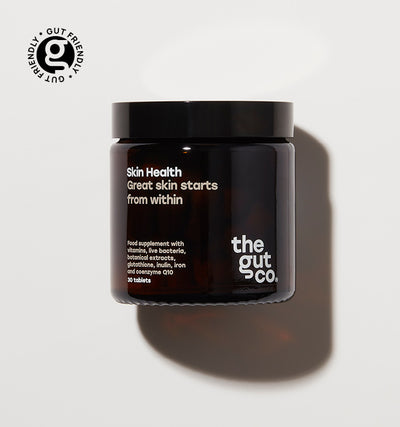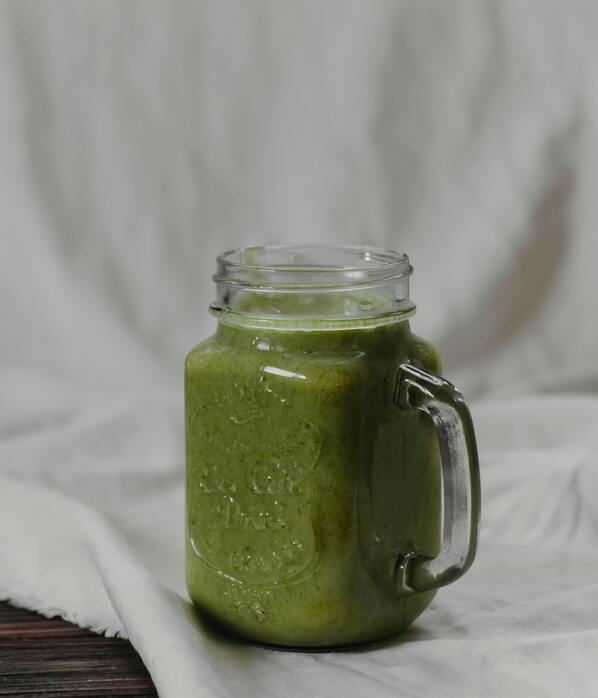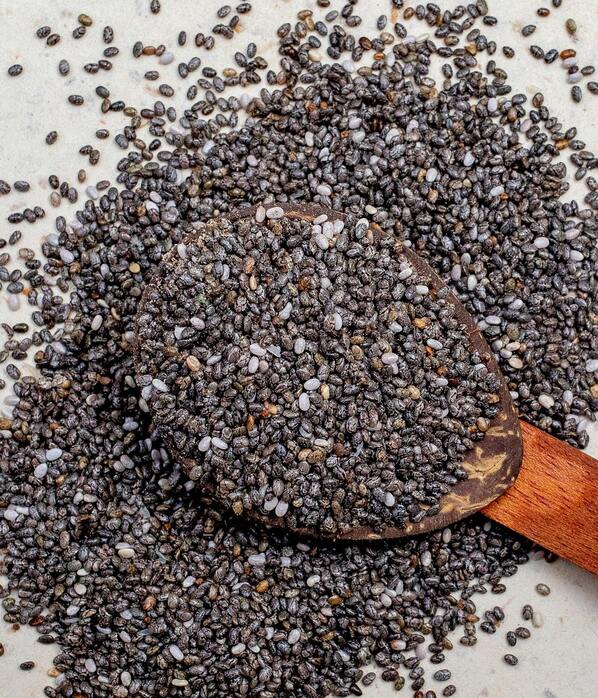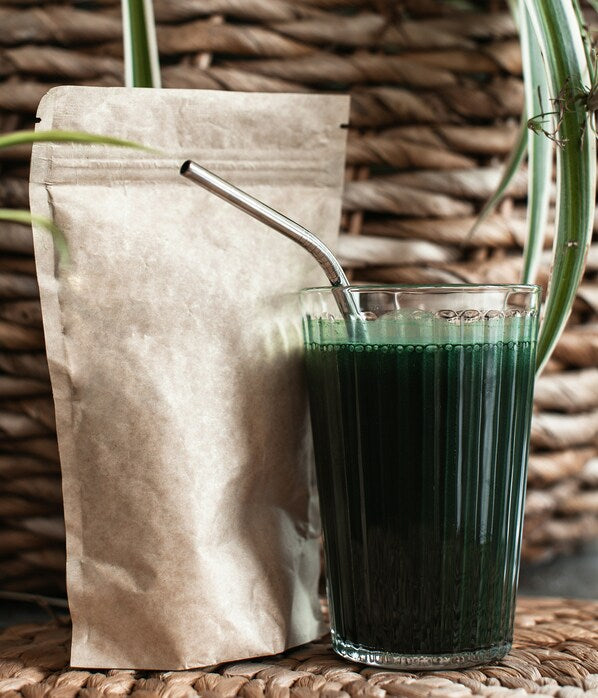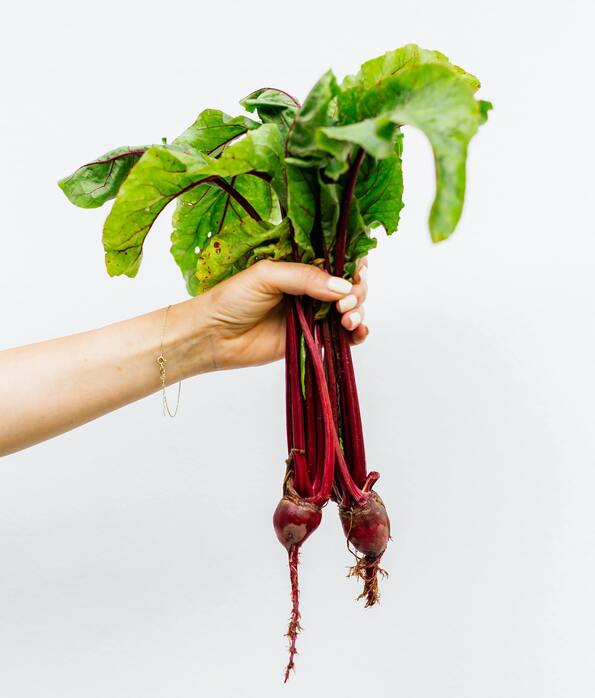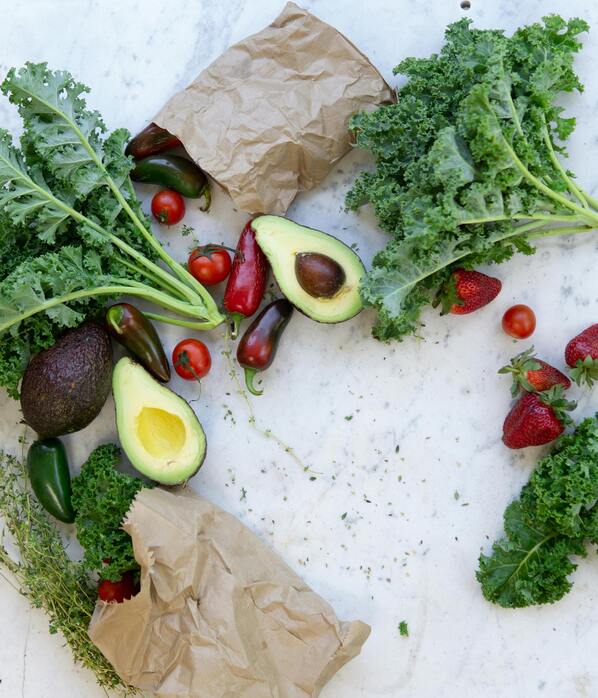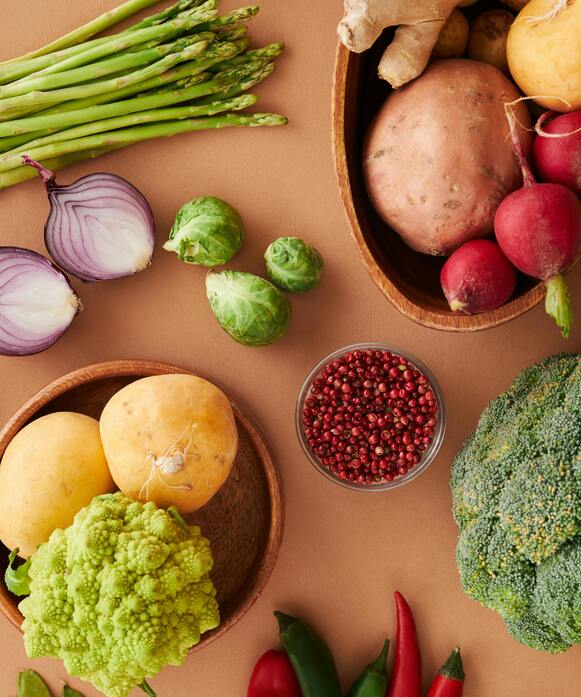What Are Probiotics?
Date:
10 Jan 2022

Many people consider all bacteria as ‘germs’; unpleasant and harmful organisms.
Although some bacteria can be problematic, other forms can in fact induce many health benefits in the body if the ‘right’ strains are present.
Probiotics are live microorganisms derived from cultured food products and are either sold in food form, supplementation, or packaged into skincare.1
Probiotics mimic the good bacteria already present in our bodies and help improve the terrain of the microbiome.
It has been well documented that the types of bacteria, the ratio of good to bad bacteria in the gut, and any unwanted pathogenic presence can significantly impact our overall health and wellbeing.2
With mounting evidence pointing to the gut as the starting point for all things health, read on to find out how probiotics may help!
Why Should You Take Probiotics?
Probiotics have grown in popularity in recent years, and for good reason.
Probiotics have been shown to improve the gut microbiome in many ways:
Helps to repopulate the gut with beneficial bacteria after antibiotic use.3
Secretes protective substances in the gut which turn on the immune response to pathogens and reduce their growth.4
Helps to increase beneficial strains of Lactobacillus and Bifidobacterium in the gut and reduce pathogenic species.5
Probiotics influence the cells lining the gut and strengthen the gut lining against unwanted pathogens.
Probiotics have also been studied for their anti-inflammatory properties, their cardiovascular benefits6, and as a natural treatment for skin conditions.7
When Should You Take Probiotics?
Probiotics replicate healthy organisms already inhabiting our gut therefore are generally safe to take.
It is recommended to ingest probiotic supplements on an empty stomach or at the start of a meal when our stomach acidic pH is low.
Gastric juices are secreted to break down food in a full stomach which may destroy probiotics passing through to reach the intestines where our bacteria reside. Taking probiotics on an empty stomach is the best option.
As mentioned, probiotics are especially beneficial and potentially crucial to take post-antibiotic use. Oral antibiotics can essentially ‘wipe out’ our microbiome (including both good and bacteria), leaving us vulnerable to pathogens to inhabit the extra space.
Probiotics help to repopulate the gut with beneficial bacteria to reduce the opportunity for bad bacteria to proliferate.8
Probiotic Foods
Many cultured and fermented food products can be considered probiotic foods:
Sauerkraut
Sauerkraut is a fermented cabbage which origins reach back to China.
The lactic acid produced from sauerkraut has been studied for its anti-inflammatory and anticarcinogenic effects.9
One gram of sauerkraut may contain up to 100 million colony-forming units of beneficial bacteria.10
Tempeh
Tempeh is a highly digestible and high-protein food product made from fermented soybeans.
Soybeans are high in phytoestrogens and have been shown to improve female hormonal imbalance, potentially helping to reduce the risk of breast cancer.11
Fermented soy products like tempeh may reduce cholesterol and triglycerides, reduce blood pressure, and even reduce the risk of diabetes if consumed as a replacement for animal protein.12
Kefir
Kefir is creamy fermented milk and is made from culturing kefir grains.
Kefir grains are a combination of beneficial yeast and bacteria which live symbiotically and have been studied for their antibacterial, antifungal, anti-inflammatory, and anti-allergenic health benefits.13/p>
The sour and tart taste of kefir milk helps to stimulate digestive enzymes and increase digestion.
Kombucha
Originating in Asia, Kombucha is produced from fermented tea which includes several strains of probiotic bacteria and yeasts.
The combination of beneficial species is a potent defence against harmful pathogens in the gut.14
Kombucha, when made with green tea, boosts its antioxidant profile and liver detoxifying benefits and is a great alternative to conventional caffeine beverages.15
Probiotic Supplements
Supplementing with probiotics is an effective way to measure doses and track intake for therapeutic benefits.
The number of probiotic strains in a supplement is detailed on the packaging as colony forming units (CFU). The number stated on the supplement is the number of live bacteria present once the formulation reached its sell-by date.
As probiotics are live microorganisms, keeping supplements in a cool dark space will help to stabilise the number of bacteria present. Some probiotics are recommended to be placed in the fridge to sustain ‘life’.16
Probiotics are most effective when taken with prebiotics. Prebiotics (not to be confused with probiotics) are ‘food’ for the good bacteria, enhancing the growth of probiotic microorganisms.
A good probiotic supplement will contain both probiotics and prebiotics to boost the beneficial properties of both.
Probiotic Side Effects
As probiotics mimic healthy bacteria strains already present in healthy humans, they are safe and generally well tolerated.
It is important to note, however, that the change in ecology within the microbiome and the introduction of colonies of bacteria strains may temporarily cause digestive discomfort.
Potential side effects may include:
Stomach gurgling
Excess gas/bloating17
Abdominal discomfort & cramping18
Nausea
It is recommended to start with a low dose (if supplementing) or ingest smaller portions of probiotic food and gradually increase the dosage/portion size over the course of several days.
If any gastrointestinal disturbances occur for longer than ten days, consult your GP.
Related content: 8 Proven Health Benefits of Probiotics
References
1. Probiotics: What You Need To Know | NCCIH (nih.gov)
2. The Gut Microbiome: What we do and don’t know (nih.gov)
4. Should you take probiotics? - Harvard Health
5. How Probiotics Affect the Microbiota (nih.gov)
7. Impact of prebiotics and probiotics on skin health - PubMed (nih.gov)
9. Sauerkraut - an overview | ScienceDirect Topics
10. Probiotics - Health Professional Fact Sheet (nih.gov)
11. Soy foods, isoflavones, and breast cancer - Kucuk - 2017 - Cancer - Wiley Online Library
12. An insight into the health benefits of fermented soy products - PubMed (nih.gov)
13. Kefir: a powerful probiotics with anticancer properties - PubMed (nih.gov)
14. Understanding Kombucha Tea Fermentation: A Review - PubMed (nih.gov)

